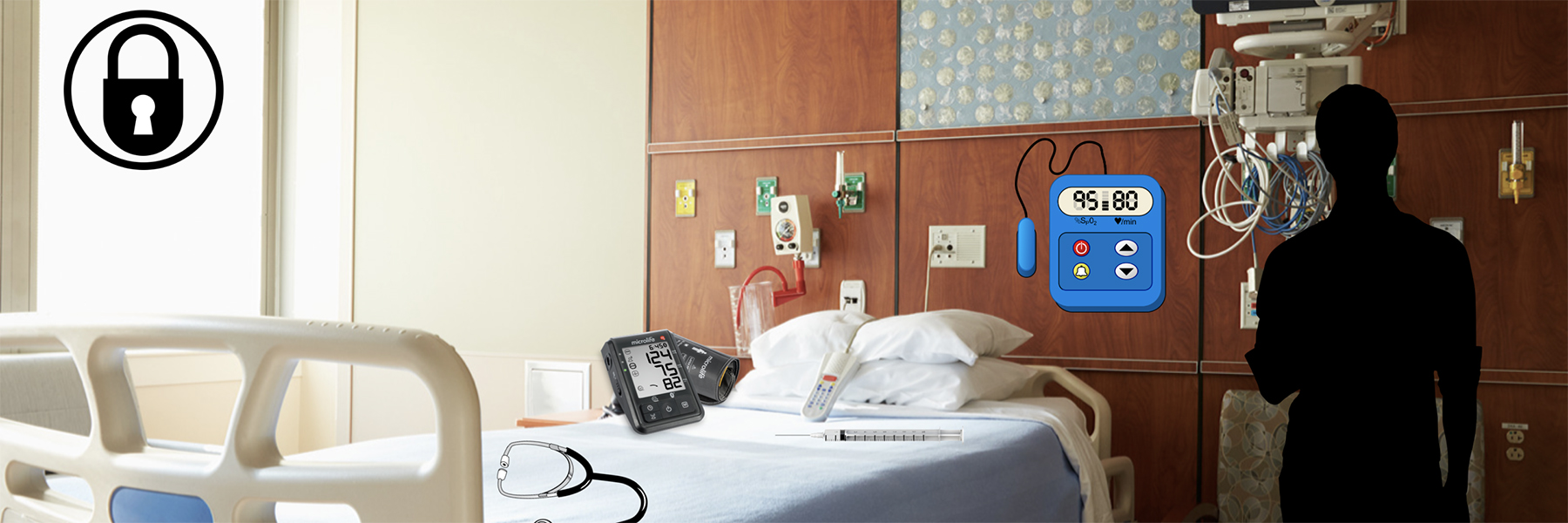Remote course delivery didn’t prevent one Faculty of Health nursing professor from finding creative ways for her York University nursing students to improve their clinical decision-making skills.
By Elaine Smith
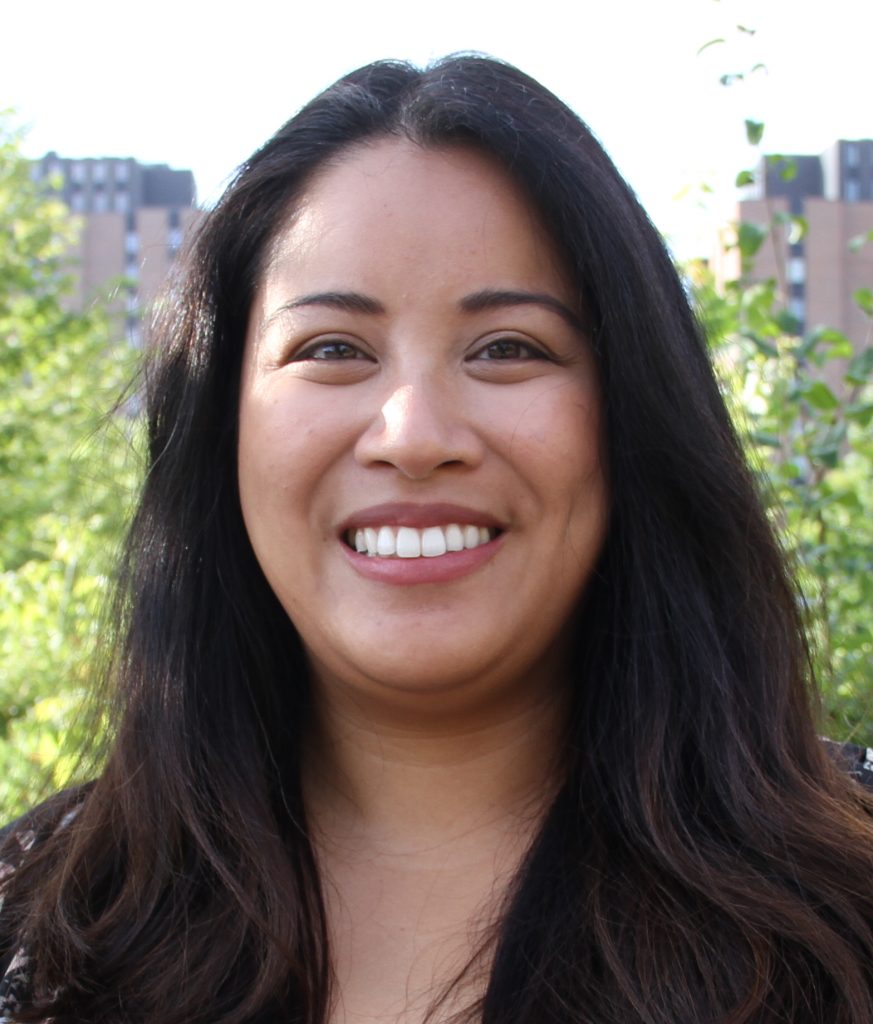
Remote course delivery didn’t prevent Kristine Pedernal from finding creative ways for her York University nursing students to improve their clinical decision-making skills. Pedernal, an assistant professor of nursing, taught herself how to create virtual escape rooms to challenge her students and assess their analytical and decision-making skills.
“Escape rooms aren’t new within nursing or education, and when I came across an article about playful learning in higher education, I thought it would be super cool for the students to break out of a virtual breakout room,” said Pedernal.
Physical escape rooms have been a popular social activity for a number of years. A group of people are locked in a room and asked to solve puzzles and find mystery-based clues hidden in the room. By exploring the room, finding, and solving all the clues, they obtain the code to unlock the door of the room and can escape. In a virtual setting, finding clues and solving puzzles correctly allows a team of students to escape their virtual breakout room. Typing in the numbers or letters associated with the correct answers allows them to escape the virtual room and return to the main virtual classroom.
“I did a lot of research on how faculty could use escape rooms to enhance learning and about how to create one,” Pedernal said. “I even took a mini course.”
Pedernal’s students had been working with virtual simulations in replacement of in-person clinical practice at the hospital, caring for one virtual patient a week throughout the term. The simulations were scenario based and the students needed to use their knowledge and judgment to address the clients’ needs. Pedernal met with her class weekly for a debrief on each scenario and to consider the related discussion questions. Then, she would incorporate activities into the sessions to teach things that nurses “typically do in the hospital that the simulations don’t address.”
“My students were required to prioritize tasks, interpret data and complete those tasks,” she said.
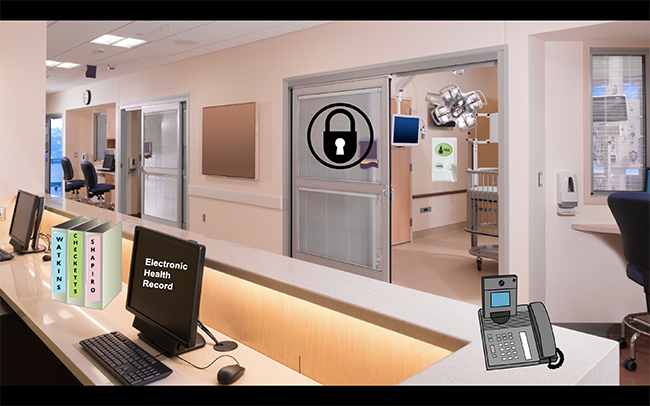
For the final week of the course, however, Pedernal wanted a way to bring all the lessons together; hence, the escape room. She created a series of escape rooms based on the virtual simulation scenarios the students were already familiar with, taking teams of four students to a series of rooms that each contained two to five puzzles: the nursing station, the medication room, the clean supply room and a patient’s room. At the virtual nursing station, for example, students might click on the image of a telephone and find a puzzle that required them to determine which reading from a urinary catheter would prompt a call to a physician. They selected one of the multiple choice answers for each puzzle and typed the resulting code into the virtual lock. A correct answer unlocked the room and allowed the students to move on to the next room.
“The students were engaged and involved,” Pedernal said. It brought the semester together in an engaging and fun way. It got a bit competitive because the winning team got certificates.
“It was so nice to see them work together. It was an easy way to access their knowledge and see what wasn’t clear to them. They could also identify their own gaps and see what needed further review.”
Afterward, Pedernal held a debrief discussion where students reflected on their experience, analyzed how they reached decisions as a team, and assessed their own areas for further development.
“I wanted them to leave the course understanding the key concepts,” she said. “It also validated the things they did know. It’s a nice way to review and get their critical thinking skills going.”
Andria Phillips, an assistant professor of nursing and Pedernal’s colleague, helped test the escape room once it was developed and provided feedback so Pedernal could tweak it before using it in class. Since then, she has learned from Pedernal how to create escape rooms and has incorporated them into her own courses.
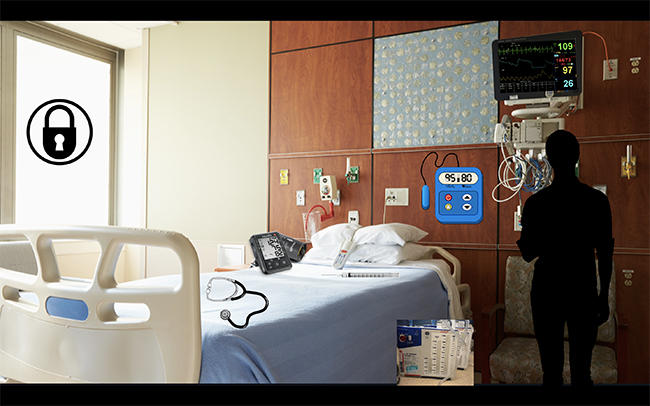
“The professor can decide how hard they want the escape room to be and how long they want to allow for students to solve the clues,” Phillips said. “I created a 10-minute escape room exercise to help my students apply knowledge of policies and procedures to common clinical issues before their first clinical placement. Generally, we use them more as a formative means of assessment to determine what they’ve learned.”
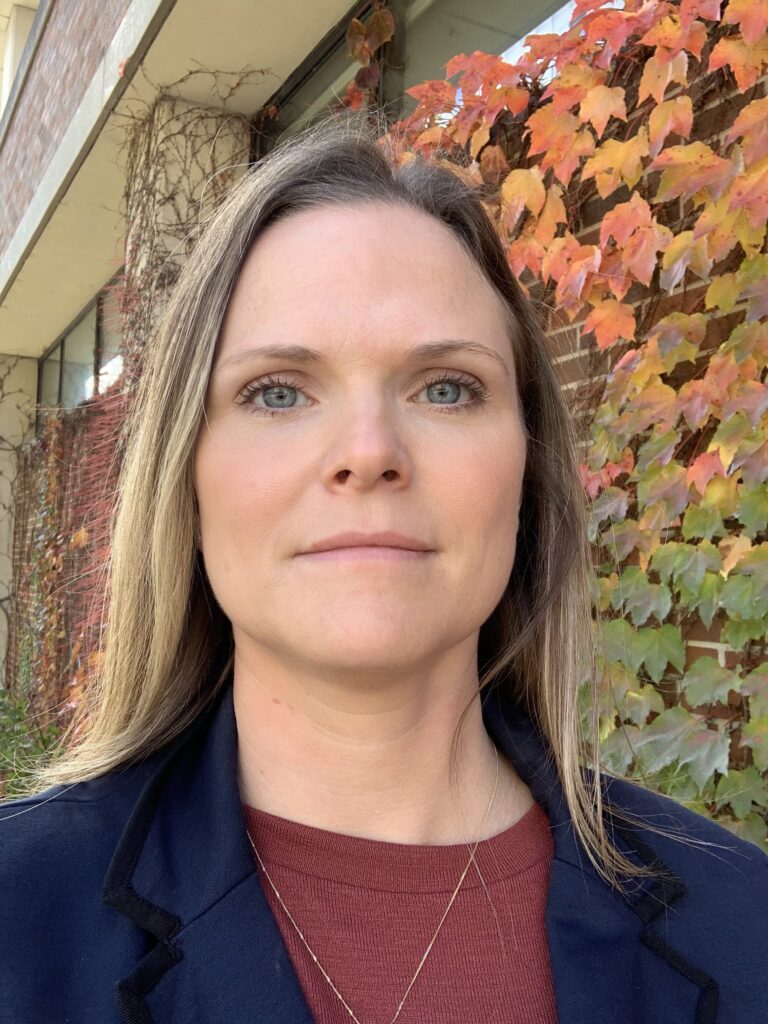
As they explain the game to students, Phillips and Pedernal outline the roles that each team needs to fill: a navigator who clicks on likely spots to find the room’s clues; a recorder to take notes and write the solved clues in order to ensure the escape code is correct; seekers who go back to their notes to find the answers to the clues; and a reader to read clues aloud so everyone is working together at the same pace.
Phillips often uses escape rooms in large classes that necessitate dozens of breakout rooms.
“The hardest part is creating questions that are clear and reflect the format of nursing registration exam questions,” she said. “It’s largely about collaborating and interpretating context to make decisions.”
Pedernal and Phillips created an escape room to help faculty, staff and students celebrate Nursing Week earlier this year, focusing on information contained on the School of Nursing website. In addition, they gave a presentation about escape rooms during the University’s annual Teaching In Focus conference and facilitated a workshop on creating and implementing escape rooms for faculty from various departments through the Teaching Commons. They are also preparing a paper for publication that provides a framework for developing and implementing escape rooms.
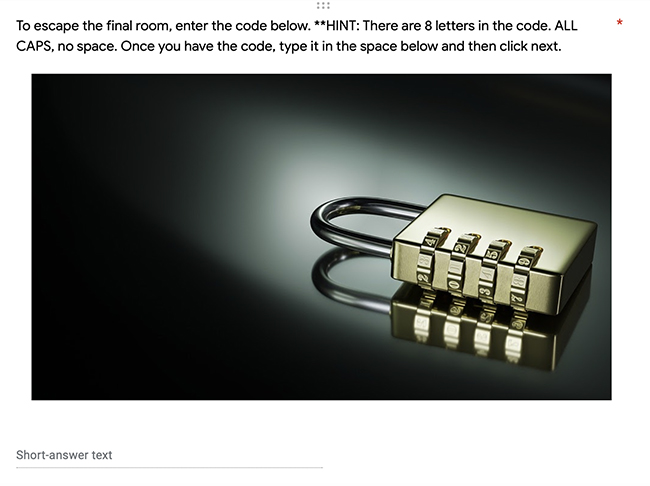
“Escape rooms are great for getting our students’ critical thinking skills going,” Pedernal said. “When students are in a hospital setting, they can ask for assistance interpreting findings and prioritizing needs, but in the escape rooms, they are required to work as a group to make those clinical decisions. Clinical judgment is so important for nursing students to develop.
“In addition, many students are tech-savvy and love innovative activities, so we get a lot of positive feedback.”


